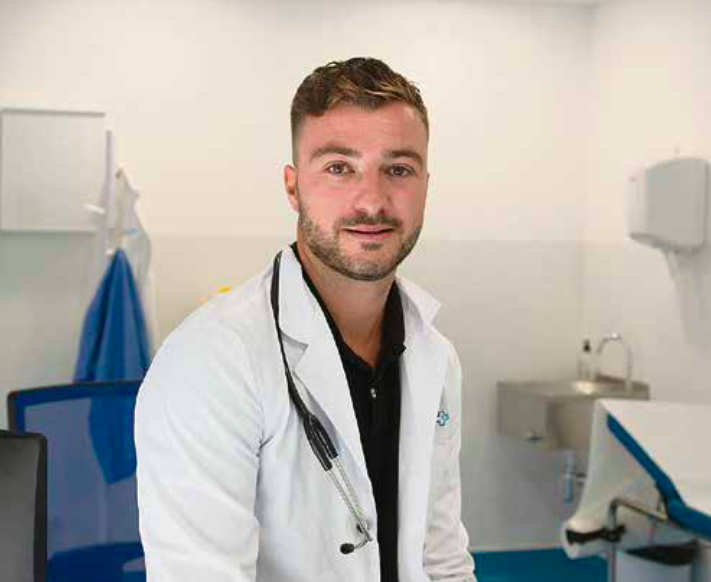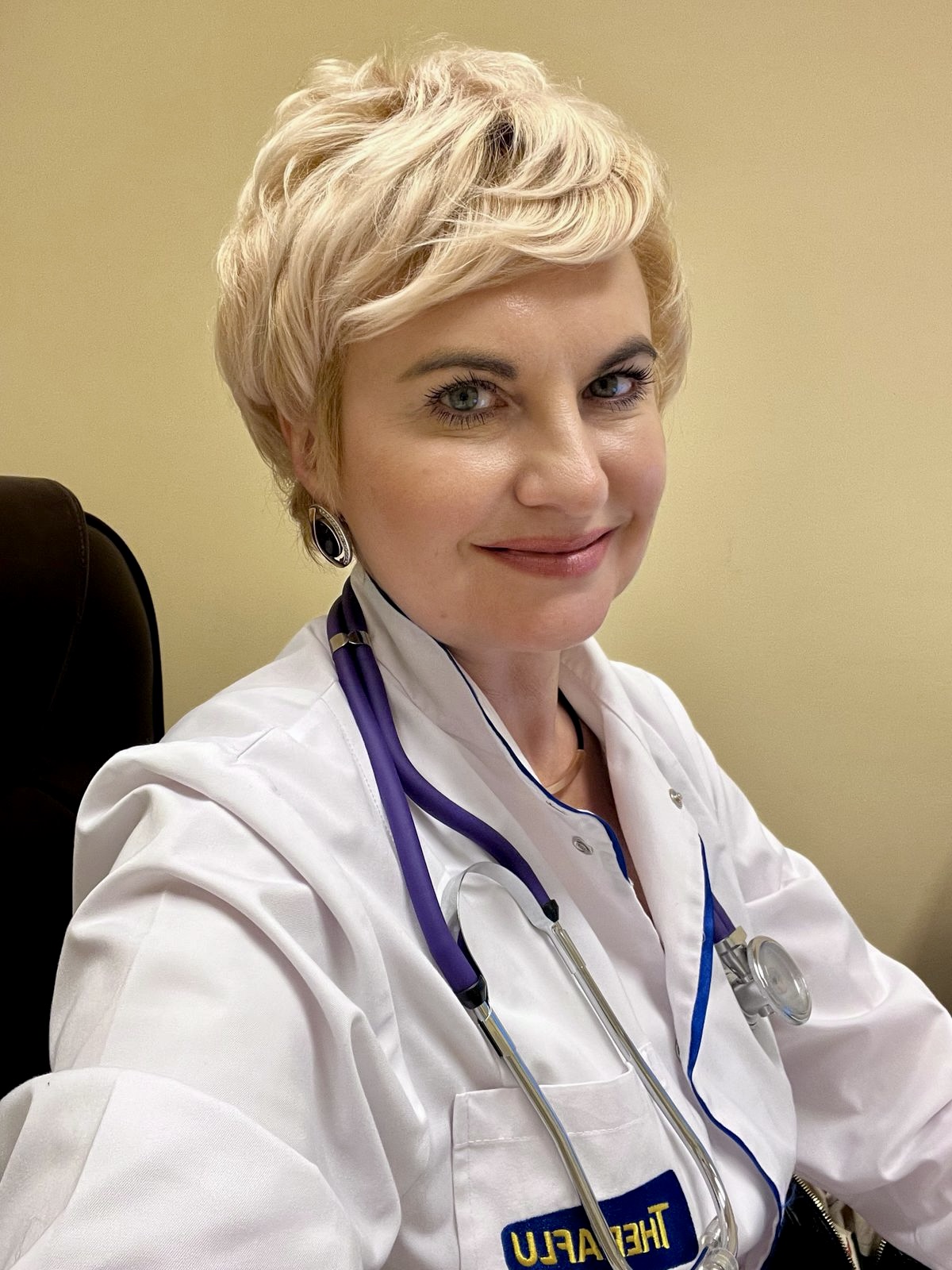

DICETEL

Ask a doctor about a prescription for DICETEL

How to use DICETEL
INSTRUCTIONS for medical use of the medicinal product DIMETINDENE (DIMETINDENE)
Composition
active substance: dimetindene maleate; 1 g of gel contains dimetindene maleate 1 mg; excipients: benzalkonium chloride, disodium edetate, carbomer, sodium hydroxide solution 30%, propylene glycol, purified water.
Pharmaceutical form
Gel.
Main physical and chemical properties
Homogeneous, colorless or slightly yellowish, transparent or slightly opalescent gel.
Pharmacotherapeutic group
Antihistamine drugs for topical use.
ATC code D04A A13.
Pharmacological properties
Pharmacodynamics
Dimetindene maleate is a derivative of phenindamine, an antagonist of histamine at the level of H1-receptors. It has anti-allergic and anti-itching effects. Due to the active substance of the medicinal product - dimetindene maleate - after applying the gel to the skin, itching and irritation that accompany skin allergic reactions are reduced. The preparation also has local anesthetic properties and cools the skin when applied.
When applied topically, the gel, due to its specially designed base, quickly penetrates the skin and starts acting within a few minutes. The maximum effect is achieved within 1-4 hours.
Pharmacokinetics
The systemic bioavailability of the active substance is 10%.
Clinical characteristics
Indications
Skin itching, for example, with insect bites, non-extensive sun erythema, uncomplicated small skin burns, and allergic irritation of small skin areas.
Contraindications
Increased sensitivity to any component of the medicinal product.
Interaction with other medicinal products and other types of interactions
No studies on the interaction of the medicinal product have been conducted; however, since the systemic absorption of dimetindene maleate when using the Dimetindene gel is extremely low, interaction with other medicinal products is unlikely.
Special warnings and precautions for use
The medicinal product contains benzalkonium chloride and propylene glycol, which can cause skin irritation.
The preparation cannot be used in case of known allergy to insect bites. In such cases, systemically acting preparations should be used.
It is recommended to avoid using the Dimetindene medicinal product when large areas of skin are affected, especially in children or adolescents.
During treatment with the preparation, it is recommended to avoid prolonged exposure to the sun on the affected skin areas.
Use during pregnancy or breastfeeding
Clinical data on the use of the medicinal product in pregnant women are not available. In animal studies, dimetindene maleate did not cause harmful effects (either direct or indirect) on the course of pregnancy, fetal development, and subsequent development of offspring. However, during pregnancy, it is not recommended to use Dimetindene, except in cases where the benefit of use outweighs the potential risk to the fetus. In such cases, the use of the preparation is possible only under the supervision of a doctor.
It is not recommended to apply Dimetindene to large areas of skin, especially damaged or inflamed skin. This also applies to women who are breastfeeding. In addition, women who are breastfeeding should not apply the gel to the nipples of the mammary glands.
Ability to influence the reaction rate when driving vehicles or operating other mechanisms
Dimetindene maleate, when used externally, does not affect the reaction rate while driving vehicles or working with other mechanisms.
Method of administration and dosage
Children under 2 years of age can use the medicinal product only under the supervision of a doctor. Infants and young children should not apply the gel to large areas of skin, especially damaged or inflamed.
Adults and children over 2 years of age should apply the gel to the affected skin areas 2-4 times a day. If the skin condition does not improve after 7 days of using the preparation, it is necessary to consult a doctor.
Children
Children under 2 years of age can use the medicinal product only under the supervision of a doctor. Infants and young children should not apply the gel to large areas of skin, especially damaged or inflamed.
Overdose
To date, there have been no reports of cases of overdose of the medicinal product. In case of accidental ingestion of a large amount of Dimetindene gel, it is necessary to immediately consult a doctor.
Some symptoms characteristic of overdose with H1-antihistamine drugs for systemic use may be observed: depression of the central nervous system, accompanied by drowsiness (mainly in adults), stimulation of the central nervous system and anticholinergic effect (especially in children and the elderly), including excitement, ataxia, hallucinations, tonic-clonic seizures, mydriasis, dry mouth, hyperemia of the face, urinary retention, fever, as well as possible arterial hypotension.
In case of overdose, it is necessary to take measures recommended by the medical institution according to the symptoms that occur.
Side effects
The most common side effects are minor and short-term reactions on the skin at the site of application. The medicinal product contains benzalkonium chloride and propylene glycol, which can cause skin irritation.
Possible side effects
- From the skin and subcutaneous tissue: frequency unknown (cannot be determined based on available data) - dry skin, burning sensation of the skin, allergic reactions, including skin rash, itching, and swelling, allergic dermatitis, urticaria.
Reporting of suspected side effects
Reporting of side effects after registration of the medicinal product is of great importance. This allows monitoring the benefit/risk ratio of the use of this medicinal product. Medical and pharmaceutical professionals, as well as patients or their authorized representatives, should report all cases of suspected side effects and lack of efficacy of the medicinal product through the Automated Information System for Pharmacovigilance at: https://aisf.dec.gov.ua.
Shelf life
2 years.
Shelf life after first opening
3 months.
Storage conditions
Store at a temperature not exceeding 25 °C.
Store in a place inaccessible to children.
Packaging
30 g in a tube, 1 tube in a cardboard box.
Release category
Without a prescription.
Manufacturer
Lubnypharm PJSC.
Location of the manufacturer and address of the place of its activity
Ukraine, 37500, Poltava region, Lubny, Barvinkova street, 16.
- Country of registration
- Active substance
- Prescription requiredYes
- Manufacturer
- This information is for reference only and does not constitute medical advice. Always consult a licensed doctor before taking any medication. Oladoctor is not responsible for medical decisions based on this content.
- Alternatives to DICETELDosage form: capsules, 125 mgActive substance: siliconesManufacturer: АТ "КИЇВСЬКИЙ ВІТАМІННИЙ ЗАВОДPrescription not requiredDosage form: drops, 66.66 mg/ml; 30 ml in a bottleActive substance: siliconesManufacturer: Фармацевтичний завод "ПОЛЬФАРМА" С.А.Prescription not requiredDosage form: capsules, 240 mgActive substance: siliconesManufacturer: Лабораторіос Алкала Фарма С.Л.Prescription not required
Alternatives to DICETEL in other countries
The best alternatives with the same active ingredient and therapeutic effect.
Alternative to DICETEL in Spain
Alternative to DICETEL in Poland
Online doctors for DICETEL
Discuss dosage, side effects, interactions, contraindications, and prescription renewal for DICETEL – subject to medical assessment and local rules.














